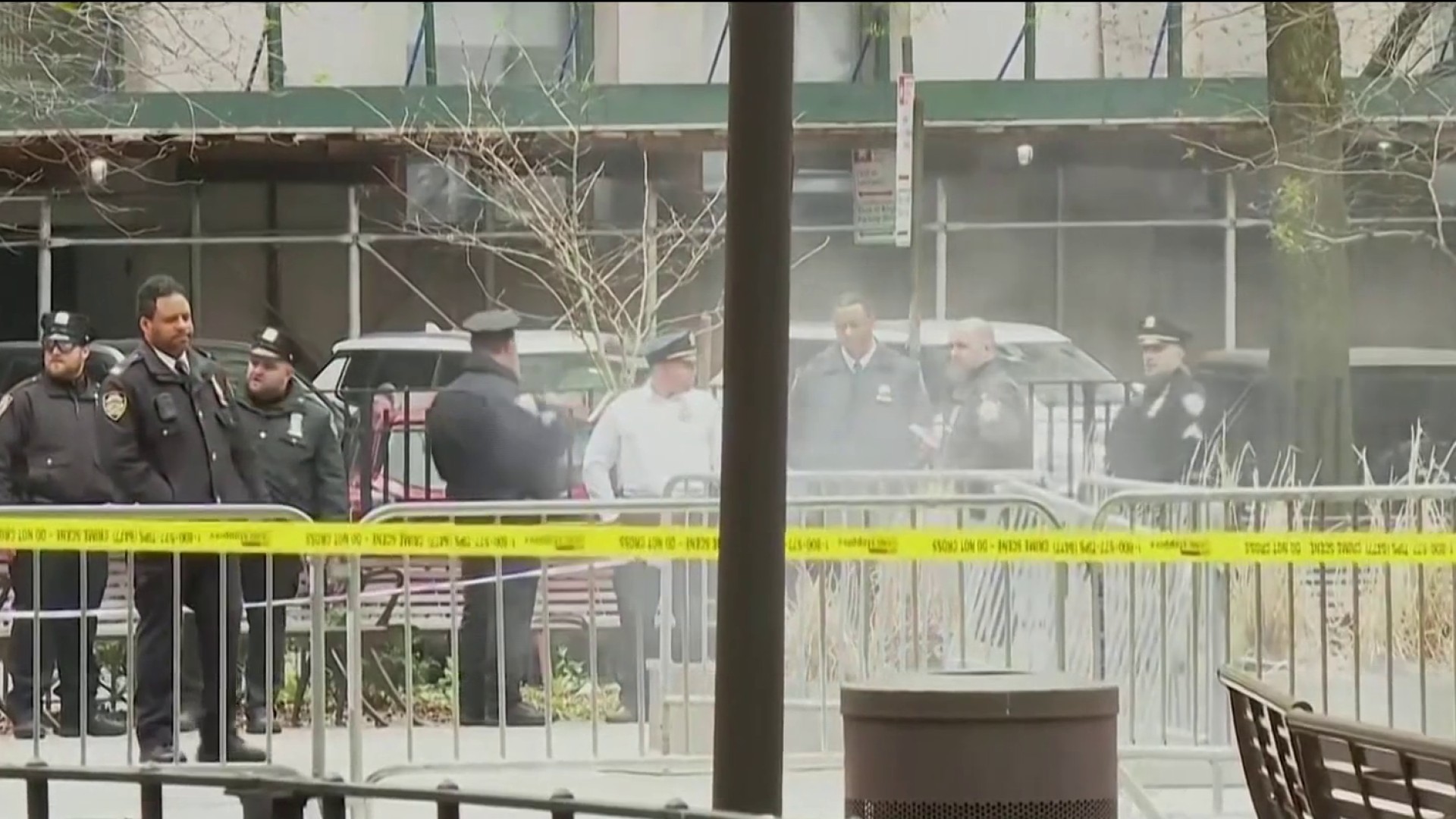The U.S. Department of Justice has made combating sex-trafficking a top priority, pouring resources into stopping it in San Diego and along the U.S. Mexico border.
But then, just on the other side, about 20 miles away from downtown San Diego, Tijuana is a premier world destination for those looking to buy sex.
Teenagers as young as 13 are being bought and sold as sex slaves by the hundreds in our region, according to federal law enforcement on both sides of the border, but domestic cases typically stay in the country where they originated.
Only about 20 percent of domestic sex trafficking cases involve the border, according to San Diego County Chief Deputy District Attorney Summer Stephan. The vast majority, the other 80 percent, involve girls from the U.S. being trafficked in the U.S. by gangs and other criminal organizations. The criminal activity generates an estimated $810 million a year for those organizations.
Still, some question whether legal prostitution in Tijuana attracts a dangerous clientele to our region.
Prostitution is tolerated in certain areas in Mexico, often known as “zonas de tolerancia” or “zones of tolerance.” Buying or selling children for sex is not legal anywhere, but the problem is rampant in both Tijuana and San Diego.
In Tijuana, District Attorney Hector Orozco prosecutes cases of child-trafficking.
U.S. & World
News from around the country and around the globe
“It is very difficult,” he told NBC7 exclusively. “After something has already happened to the child, the damage is irreversible. It is something that affects the victim forever.”
He said his most emotionally draining and difficult case involved a mother who sold her teenage daughter for a hit of drugs.
Orozco said the trafficking of minors is not done out in the open in Tijuana’s “Zona Roja” or red light district.
“This part of it is very clandestine,” he said. “It’s not happening out in the public. They do it in motels, in houses. They go do that where it cannot be seen.”
But NBC7 showed Orozco images we took of the word “child” scrawled in graffiti on the wall of a building adjacent to a world-famous sex club, Hong Kong.
At first Orozco said he did not believe the word indicated trafficking was taking place there, but when he viewed our material, he said his office would investigate.
“If someone reports possible activity to us at a location involving minors, we respond,” Orozco said.
Since 2011, Orozco and his investigative team have rescued 246 child sex-trafficking victims, and prosecuted 116 traffickers, including putting the mom who sold her daughter behind bars for 24 years.
Stephan, who is Orozco’s counterpart on the U.S. side in San Diego, said Tijuana’s Zona Norte or Zona Roja remains a very destructive problem because the majority of the women are not there by choice, even if they are adults.
“No girl wants to grow up and be a prostitute,” Stephan said. “They don’t want to be sexually abused. This is not a choice for them. You can put a bow on it, but still these women were girls that were exploited and then had no other choice.”
Some say legal prostitution in Tijuana may protect adult women somewhat in that it is partially regulated. Sex workers are required to obtain a permit and receive monthly health check-ups in Tijuana.
Stephan said the women are mostly controlled by their pimps and cannot escape the lifestyle, even if it is legal.
“They’re watching them, just like they always watch them here also. They’re watching them to make sure they get every penny of their money; they’re not talking to police; they’re not talking to someone that can offer them resources to help them get out of this particular life,” Stephan said. “They want them to have no choice.”
NBC7 Assignment Editor Pablo Key contributed to this piece by assisting in translation and voicing the translated portions of broadcast piece.



